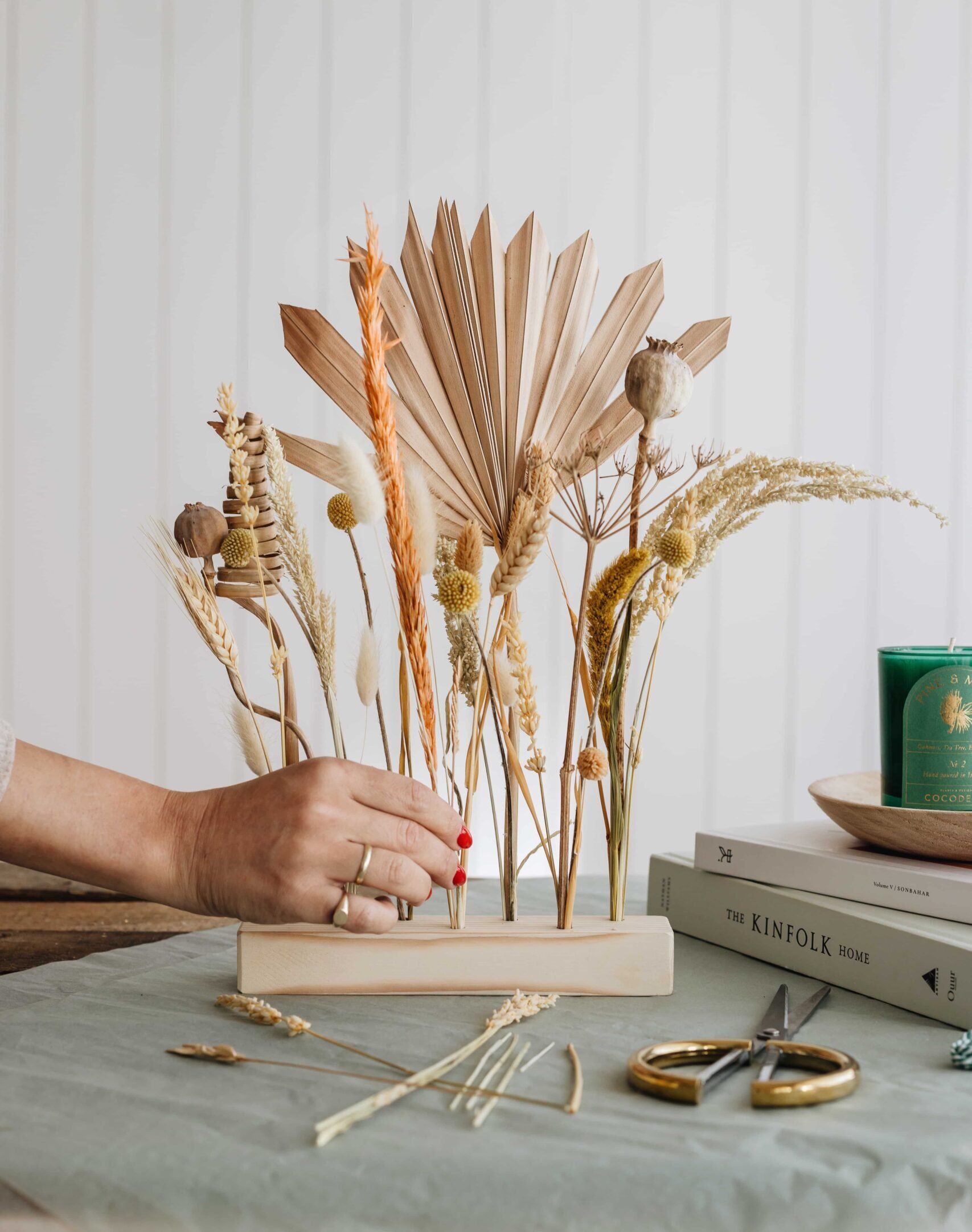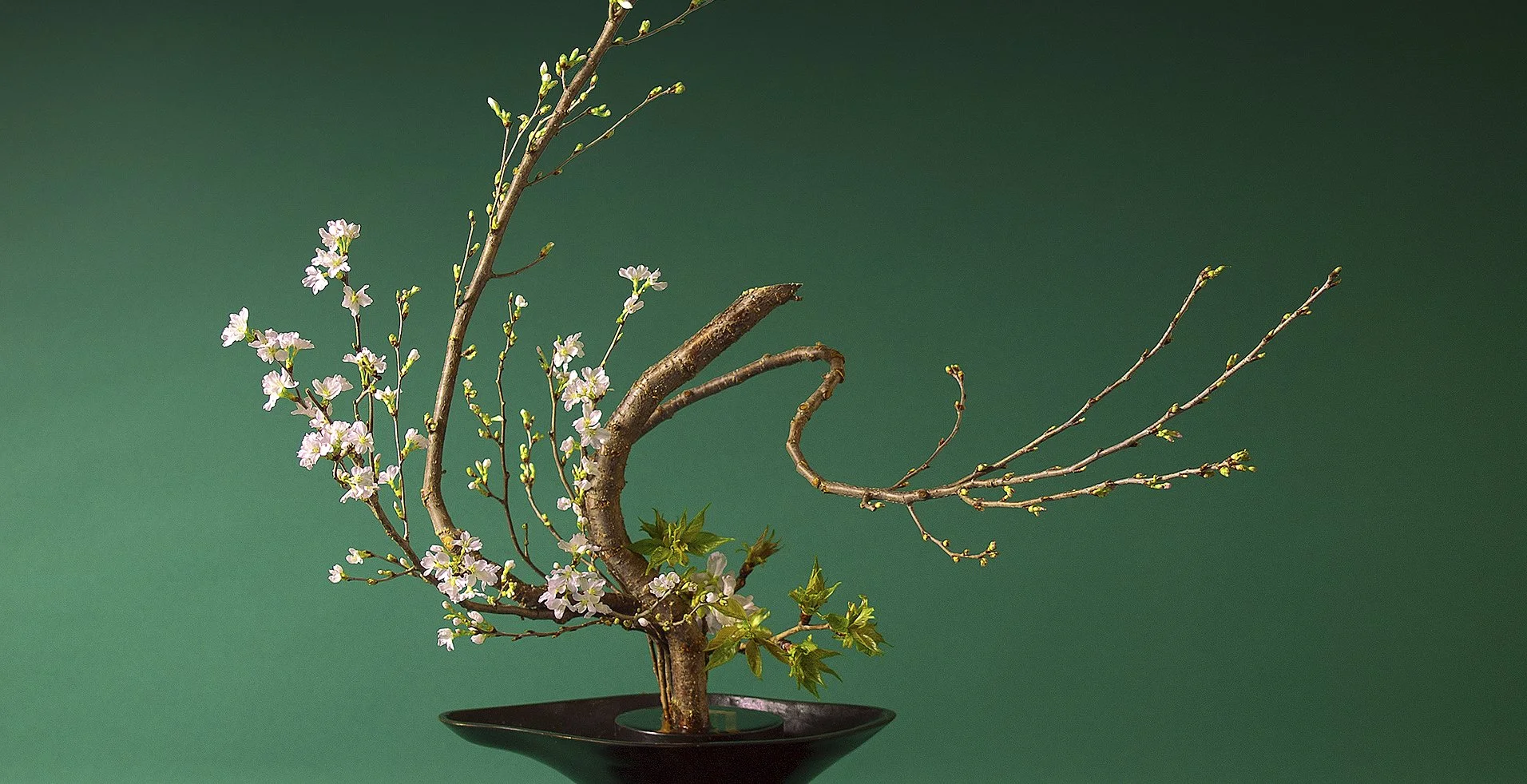Flowers and plants, which are living things, can be used to decorate our homes with the same care. If you care about how flowers are cared for, how they look, and how their colors go together, you can try flower arrangements to make your home feel different. This article will talk about the details and ideas behind Ikebana, which is the Japanese art of flower arranging. To welcome spring, you can use the flowers you already have or buy some new ones to make your own space. What is Hair Care with Keratin?
Modern Pergola Models & Decoration












What is Ikebana?
What Does "Ikebana" Mean?
Ikebana, which means "living flower," is the art of arranging flowers in Japan. Ikebana flower arrangements were first seen in the 10th century, when they were left on temple altars as part of religious ceremonies. Later, they were mixed with modern art. Ikebana is made by putting flower pots, trays, and vases together in a way that shows how people feel, what they are thinking, and what they want to say. Today, you can learn how to make Ikebana flower arrangements from the internet or books. These arrangements are used in interior design, as decorations, or as gifts.

How to Make Ikebana
The goal of this Japanese art of flower arrangement, which includes both works of art and the way flowers are put together, is to make the flower last longer after it has been picked. Of course, to do this as well as possible, it would be best to use professional tools and have a lot of experience. But if you want to start out as a beginner, you can look at the flowers in your own home. It will be important for you to learn how to take care of the flowers if you want to make them last longer and keep them looking nice.

Ikebana Flower Arrangement Styles
Ikebana, the art of flower arranging, was first made with very few parts. The oldest known style of Ikebana is called Kuge, and it is made up of small branches on either side of a straight stem. Ikebana styles, which have taken on different meanings as modern techniques have changed, were later split into two groups. Ikebana in the vertical style Seven branches are placed in this style to show the beauty of nature. These branches stand for mountains, valleys, hills, and waterfalls. In the past, priests and diplomats, who were thought to be wealthy, used this method. It shows how beautiful the plant is by showing how well it fits in with nature. Horizontal Ikebana Style The Creator, man, and the world; or Ikebana style, which is a small balanced society like the father, mother, and child trilogy, was thought of as a therapy method that every family could do. People turn to their inner voice when they see these flower arrangements, which are put together by choosing flowers in the colors and textures that each image is thought to express. Ikebana Schools Ikebana flower arrangements, which are connected to different schools and made with new techniques, are fed by different philosophical ideas in each one as it makes and spreads its own culture over time. If we make a list of the most popular and well-known schools, it is an application with a horizontal layout that is also called Enshu School Moribana. In the Moribana technique, which is the name for the containers used in the art of flower arrangement, the flowers are nailed to the container they are in. According to the Enshu school, this method uses at least three main branches. The angles of the flowers, how close they are to each other, and where they are in relation to the center are all based on the meanings they represent. The fading states, which are right next to their freshest and most active states, show that people take a break after all the happiness and sadness they've been through.

2. Chiko School
When arranging chiko flowers, you can use things other than flowers to make them look nice. In the presentations, things like mirrors and sand can be used to tell a story, and flowers can be used to show a person or a god. Chiko School is one of the best designs for gifts because it was made to look like a play.


3.Ikenobo The
Ikenobo school uses more traditional methods and materials and is also seen as the start of Ikebana flower arrangement art. Students want to show both Japanese culture and nature by using both modern and traditional techniques.


4. Aratame Elementary School
Students are expected to show more of their freedom of expression in this style, which has clean, modern lines. The pots and vases used in these works, which the artists are free to interpret based on their own travels, feelings, and thoughts, are also made with modern lines.


5. Ohara School
The Ohara school, which tries to show how nature changes and grows, puts the harmony of natural things front and center. The fact that the materials go well with the flower pots and show growth and change together makes the whole process easier to understand.

6. Sogetsu Elementary School
In the Sogetsu school, which focuses on the modern and contemporary parts of life, materials are used in ways that aren't expected. Not only where the flowers are put, but also how the pots and vases are shaped, draw the eye. Students often make the containers themselves and think about where they will put the ikebana.

